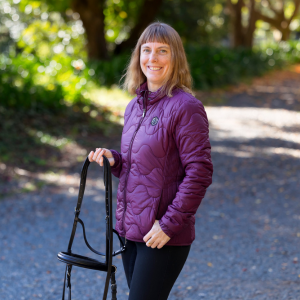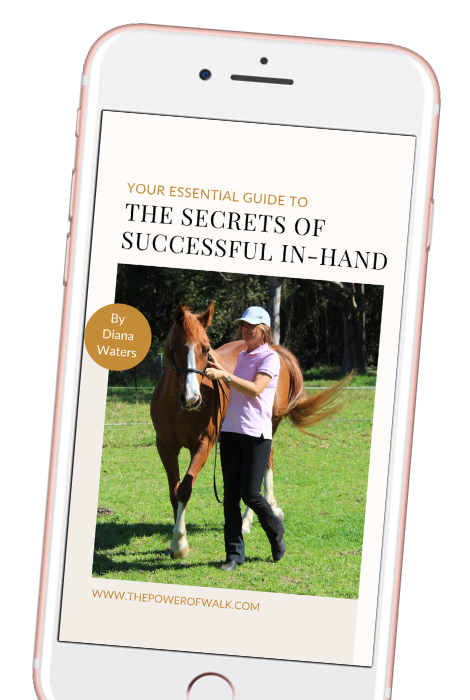
The importance of alignment: less (bend and angle) is more
These two horses are both carrying out a lateral movement - but can you see how one benefits the horse and the other does not? Recently, there was an interesting discussion on my page about leg yield, with some believing it is detrimental.Look at Flicker, on the left here: she is in leg yield. See how her body is aligned with her face level with the middle of her chest? Notice how the two sides of her body are balanced: she is upright and not leaning to one side or the other. The slight sideways of the leg yield encourages her to move in a different way, and done slowly this enables improved proprioception as well as better balance and gently expanding flexibility and range of movement. All of the time, remaining stable. It's not impressive to watch, but it is beneficial. We can also see this from her facial expression. (Note: she has a very slight head tilt which is enhanced by her asymmetric face markings: but we don't need perfection for something to be beneficial)The horse in the drawing has more bend and more angle in the sideways. This is perhaps the type of "leg yield" that people are imagining when they suggest leg yield is detrimental. It looks as if the horse is broken into sections: The neck is bent all the way to one side which causes the body to lean to the other side in order to counterbalance. This also causes the ribcage to rotate incorrectly. Look how much lower the outside shoulder is than the inside. The horse has to turn the eye excessively to see where they are going, and the facial expression indicates discomfort and tension.Some people believe that this type of excessive bend is good for flexibility or "conditioning". I disagree, because I believe that unless the horse is in alignment, they are unable to release chains of muscles to enable each muscle in the chain to work smoothly and share the load. Muscles can't develop when they are braced. I come back again to my analogy of a kinked hose: gently straighten and unkink the hose and water can flow through easily.Subtle bend and subtle angle, exercises carried out slowly and calmly in connection with a calm human which supports the nervous system into a fully regulated state suitable for learning.. this is what makes the difference.This example is extreme, but I see various degrees of too much neck bend in a lot of the in-hand work I see shared. It can actually be difficult not to accidentally get too much head and neck bend because as soon as you lose connection and the horse loses balance or begins to rush, neck-shoulder alignment is usually the first thing to be lost. This happens to the best of us at times, but what I think is important is that people learn to recognise it and begin to correct it, with an understanding of what that unbroken alignment looks and feels like.



